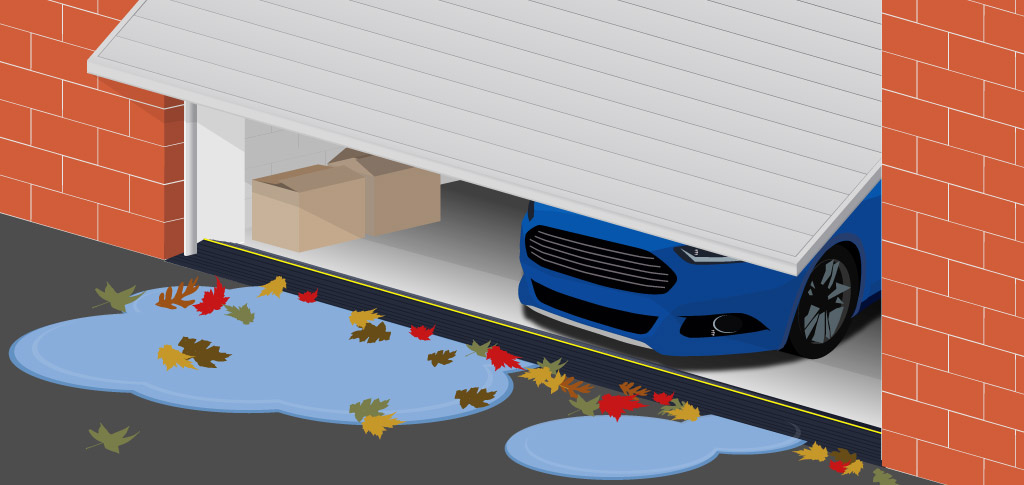




















Garage door seals are essential for maintaining energy efficiency, preventing water and debris from entering the garage, and enhancing overall security. Here are some common types of garage door seals:
- Bottom Seals: These seals are installed along the bottom of the garage door to create a barrier against drafts, pests, dust, and moisture. They typically consist of rubber or vinyl and are attached to the bottom of the door or to a threshold on the floor.
- Threshold Seals: Threshold seals are installed directly onto the garage floor beneath the door. They create a tight seal when the door is closed, preventing water, leaves, and other debris from entering the garage. Threshold seals are particularly effective in areas prone to flooding or heavy rain.
- Side Seals: Side seals are installed along the sides of the garage door to fill gaps and prevent drafts, insects, and small rodents from entering. They can be attached to the door frame or directly to the door itself.
- Top Seals: Top seals, also known as header seals, are installed along the top of the garage door to seal the gap between the door and the frame. They help prevent drafts, water, and pests from entering the garage through the top.
- Brush Seals: Brush seals consist of flexible bristles that form a barrier against drafts, insects, and debris. They are often used on the sides and top of the garage door and provide a more flexible seal compared to rigid materials like rubber or vinyl.
When selecting garage door seals, consider factors such as the size and material of your garage door, the climate in your area, and any specific issues you are trying to address, such as drafts or water infiltration. Proper installation and maintenance of garage door seals are crucial for ensuring their effectiveness over time.

